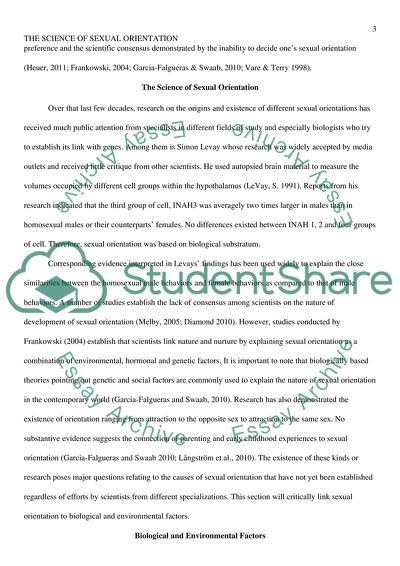Cite this document
(The Science of Sexual Orientation Essay Example | Topics and Well Written Essays - 2000 words, n.d.)
The Science of Sexual Orientation Essay Example | Topics and Well Written Essays - 2000 words. https://studentshare.org/gender-sexual-studies/1852365-the-science-of-sexual-orientation
The Science of Sexual Orientation Essay Example | Topics and Well Written Essays - 2000 words. https://studentshare.org/gender-sexual-studies/1852365-the-science-of-sexual-orientation
(The Science of Sexual Orientation Essay Example | Topics and Well Written Essays - 2000 Words)
The Science of Sexual Orientation Essay Example | Topics and Well Written Essays - 2000 Words. https://studentshare.org/gender-sexual-studies/1852365-the-science-of-sexual-orientation.
The Science of Sexual Orientation Essay Example | Topics and Well Written Essays - 2000 Words. https://studentshare.org/gender-sexual-studies/1852365-the-science-of-sexual-orientation.
“The Science of Sexual Orientation Essay Example | Topics and Well Written Essays - 2000 Words”. https://studentshare.org/gender-sexual-studies/1852365-the-science-of-sexual-orientation.


